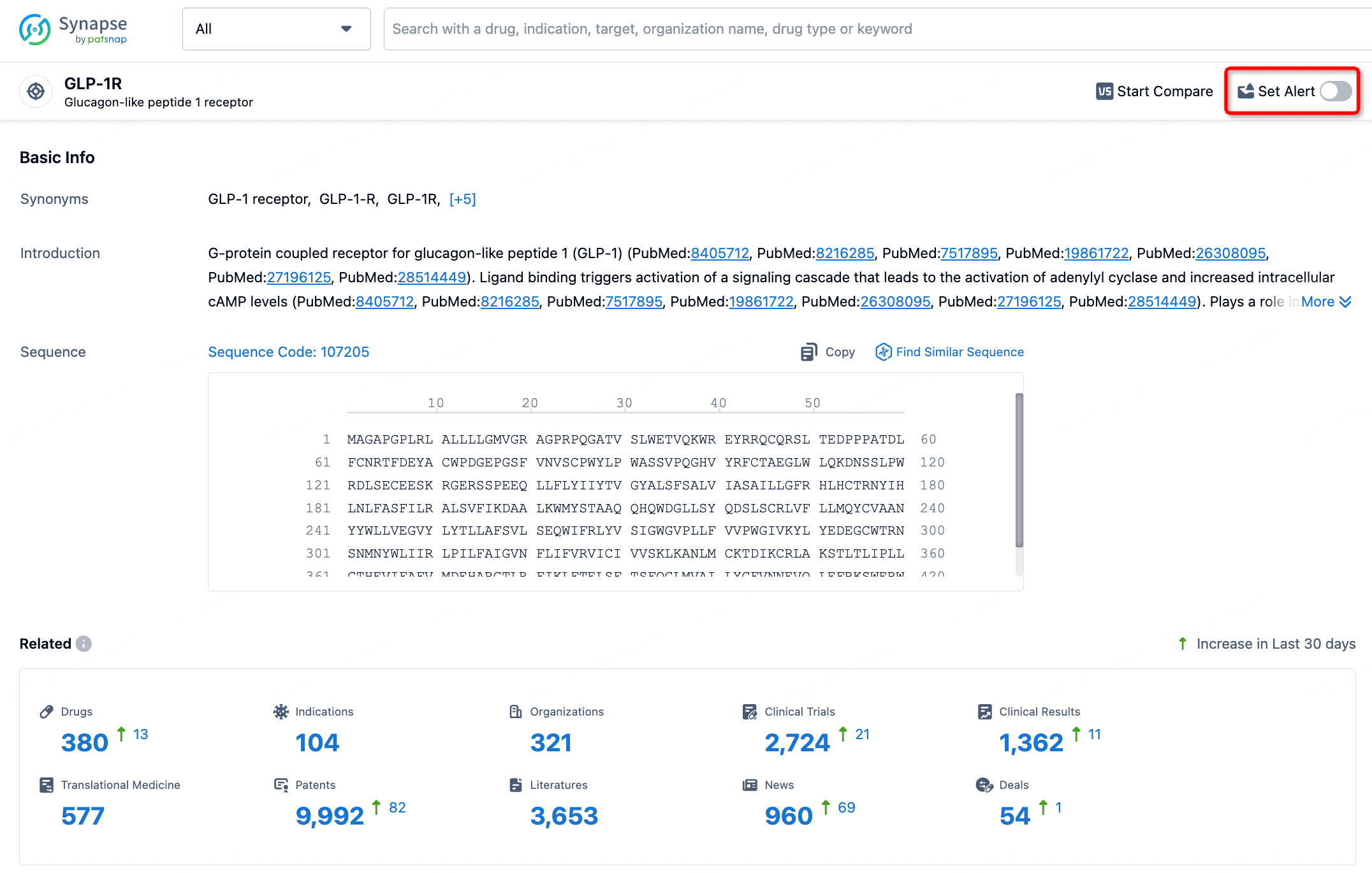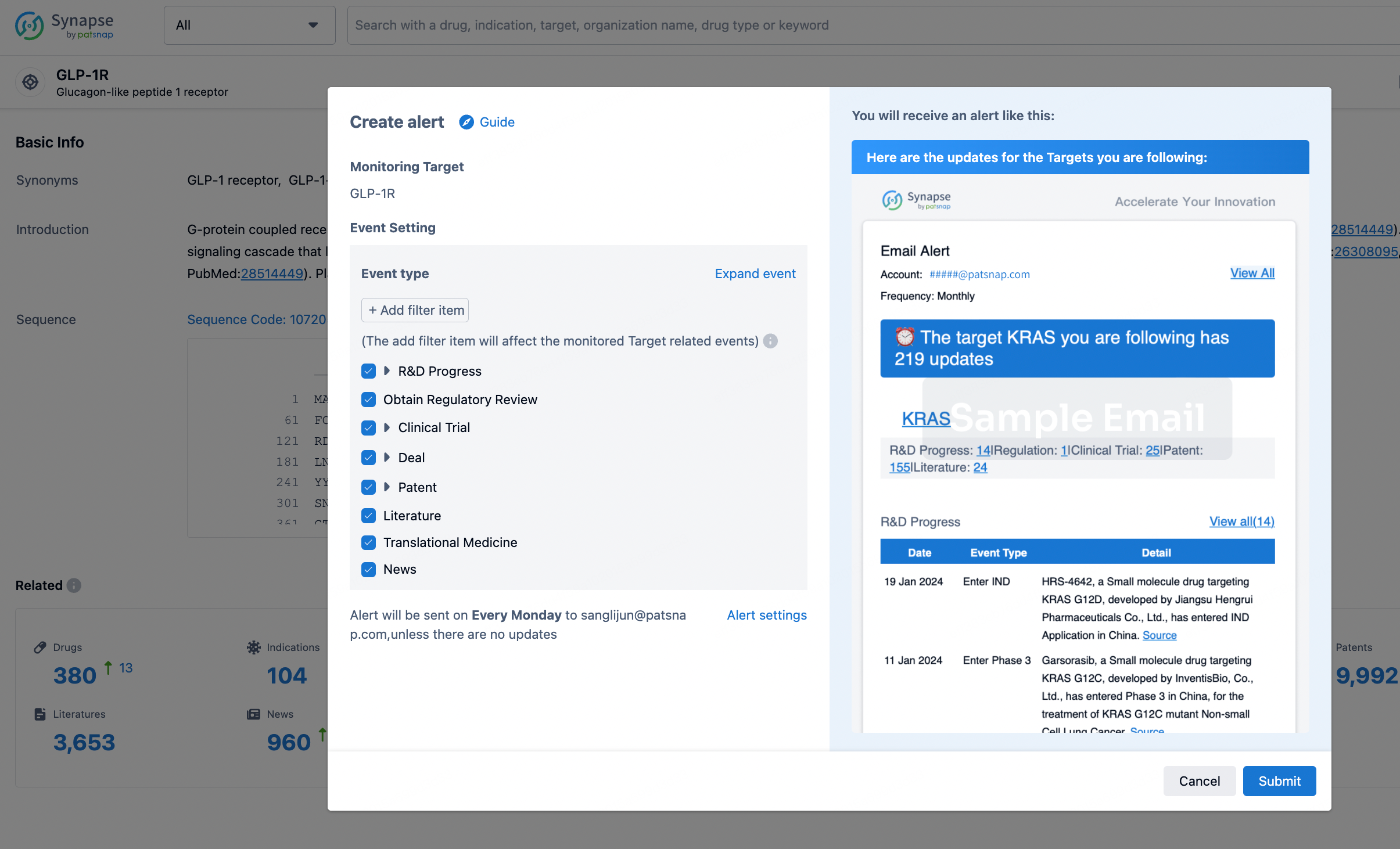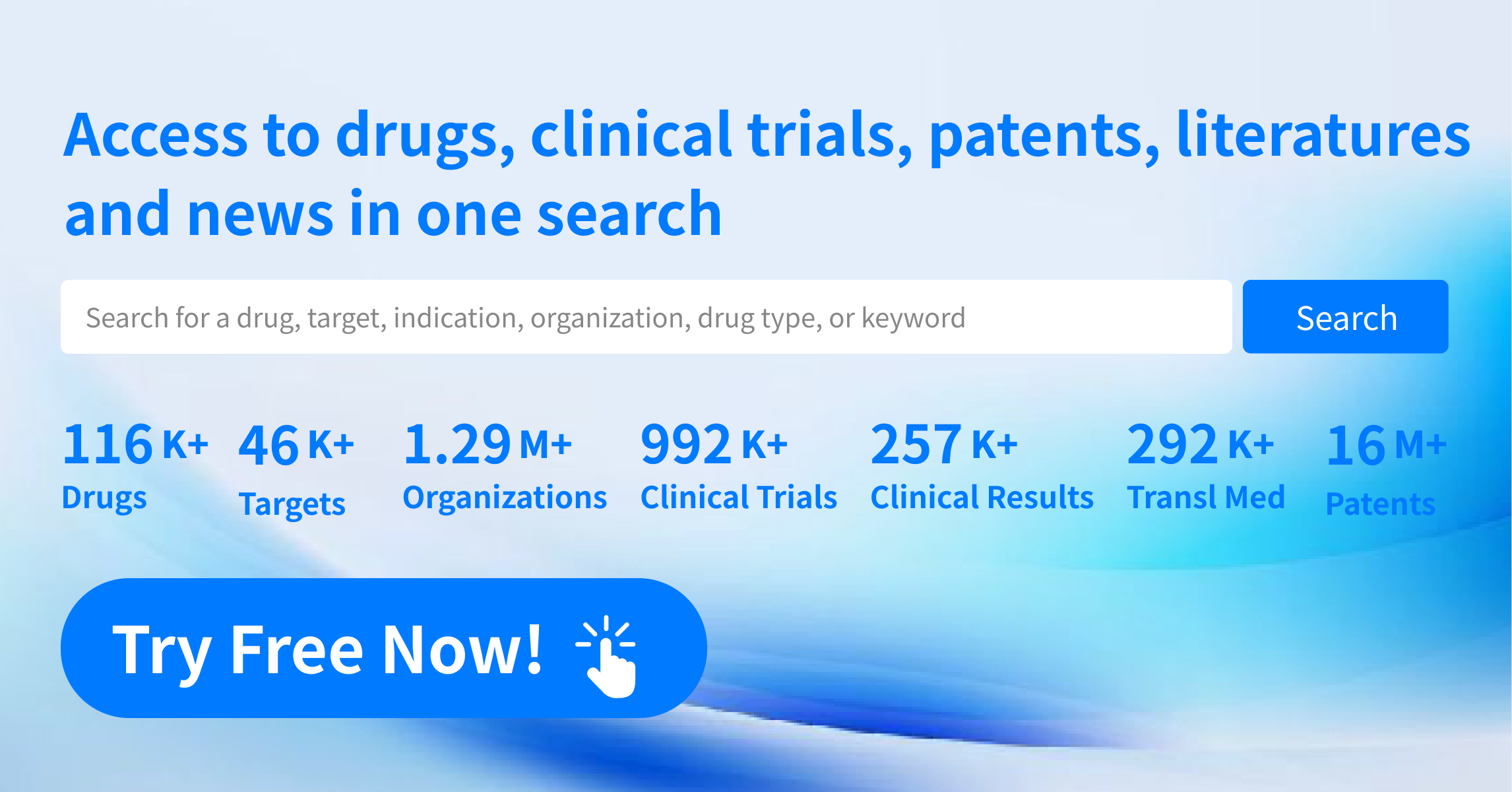Request Demo
What are GABRA5 inverse agonists and how do they work?
21 June 2024
GABRA5 inverse agonists have recently garnered significant attention in the field of neuropharmacology for their potential therapeutic applications. These compounds interact with the gamma-aminobutyric acid (GABA) receptor system, specifically targeting the alpha-5 subunit (GABRA5). Understanding how these inverse agonists work and their potential benefits could illuminate new pathways for treating various cognitive and neurological disorders.
The GABA receptor system is the primary inhibitory neurotransmitter system in the brain, playing a crucial role in maintaining neuronal excitability and overall brain function. The GABRA5 subunit is predominantly expressed in the hippocampus, a region vital for learning and memory. Inverse agonists targeting GABRA5 work by binding to the GABAA receptor complex but induce the opposite effect of agonists. While agonists enhance the inhibitory action of GABA, resulting in sedative and anxiolytic effects, inverse agonists reduce this inhibitory action, potentially enhancing cognitive function and alertness.
GABRA5 inverse agonists exert their effects by binding to the benzodiazepine site on the GABAA receptor, where they influence the receptor's conformation. This change reduces the channel's opening frequency upon GABA binding, leading to decreased chloride ion influx into the neuron. As a result, there is a reduction in the hyperpolarization of the neuron, making it less inhibitory. The net effect is an increase in neuronal excitability, which can enhance cognitive processes like learning and memory. However, the precise mechanisms underlying these effects are still being elucidated through ongoing research.
The therapeutic potential of GABRA5 inverse agonists is vast. One of the most promising applications is in the treatment of cognitive impairments associated with conditions such as Alzheimer's disease and schizophrenia. In Alzheimer's disease, for instance, cognitive decline is a hallmark symptom, often linked with dysfunction in the GABAergic system. By modulating the activity of the GABRA5 subunit, inverse agonists could potentially restore cognitive function or slow the progression of cognitive deficits.
Additionally, GABRA5 inverse agonists hold promise for enhancing cognitive performance in healthy individuals. Studies have shown that these compounds can improve performance on tasks requiring attention, memory, and executive function. This has implications not only for treating cognitive disorders but also for enhancing cognitive abilities in settings where peak mental performance is required, such as academic and professional environments.
Moreover, there is growing interest in the role of GABRA5 inverse agonists in the treatment of mood disorders and substance use disorders. Given the involvement of the GABAergic system in anxiety and mood regulation, targeting the GABRA5 subunit could offer a novel approach to managing these conditions. For instance, by reducing excessive inhibitory signaling, these agents might alleviate symptoms of depression or anxiety, offering a new avenue for patients who do not respond to conventional treatments.
Another intriguing application is in the realm of pain management. Chronic pain conditions often involve alterations in the GABAergic system, and modulating the GABRA5 subunit might offer pain relief without the sedative effects commonly associated with other GABAergic drugs. This could provide a valuable alternative to traditional pain management strategies, which often come with significant side effects and risk of dependency.
Despite the exciting potential, the use of GABRA5 inverse agonists is not without challenges. The increase in neuronal excitability induced by these drugs raises concerns about the risk of seizures and other excitatory side effects. Therefore, careful titration and monitoring are essential to balance the therapeutic benefits with potential risks. Furthermore, long-term studies are needed to fully understand the safety profile and efficacy of these compounds in various populations.
In conclusion, GABRA5 inverse agonists represent a promising frontier in the treatment of cognitive, mood, and pain disorders. By modulating the GABA receptor system in a targeted manner, these compounds offer a novel mechanism of action that could address unmet needs in various therapeutic areas. As research continues to unravel the complexities of the GABAergic system and its role in brain function, GABRA5 inverse agonists may emerge as a pivotal tool in the arsenal of neuropharmacology.
The GABA receptor system is the primary inhibitory neurotransmitter system in the brain, playing a crucial role in maintaining neuronal excitability and overall brain function. The GABRA5 subunit is predominantly expressed in the hippocampus, a region vital for learning and memory. Inverse agonists targeting GABRA5 work by binding to the GABAA receptor complex but induce the opposite effect of agonists. While agonists enhance the inhibitory action of GABA, resulting in sedative and anxiolytic effects, inverse agonists reduce this inhibitory action, potentially enhancing cognitive function and alertness.
GABRA5 inverse agonists exert their effects by binding to the benzodiazepine site on the GABAA receptor, where they influence the receptor's conformation. This change reduces the channel's opening frequency upon GABA binding, leading to decreased chloride ion influx into the neuron. As a result, there is a reduction in the hyperpolarization of the neuron, making it less inhibitory. The net effect is an increase in neuronal excitability, which can enhance cognitive processes like learning and memory. However, the precise mechanisms underlying these effects are still being elucidated through ongoing research.
The therapeutic potential of GABRA5 inverse agonists is vast. One of the most promising applications is in the treatment of cognitive impairments associated with conditions such as Alzheimer's disease and schizophrenia. In Alzheimer's disease, for instance, cognitive decline is a hallmark symptom, often linked with dysfunction in the GABAergic system. By modulating the activity of the GABRA5 subunit, inverse agonists could potentially restore cognitive function or slow the progression of cognitive deficits.
Additionally, GABRA5 inverse agonists hold promise for enhancing cognitive performance in healthy individuals. Studies have shown that these compounds can improve performance on tasks requiring attention, memory, and executive function. This has implications not only for treating cognitive disorders but also for enhancing cognitive abilities in settings where peak mental performance is required, such as academic and professional environments.
Moreover, there is growing interest in the role of GABRA5 inverse agonists in the treatment of mood disorders and substance use disorders. Given the involvement of the GABAergic system in anxiety and mood regulation, targeting the GABRA5 subunit could offer a novel approach to managing these conditions. For instance, by reducing excessive inhibitory signaling, these agents might alleviate symptoms of depression or anxiety, offering a new avenue for patients who do not respond to conventional treatments.
Another intriguing application is in the realm of pain management. Chronic pain conditions often involve alterations in the GABAergic system, and modulating the GABRA5 subunit might offer pain relief without the sedative effects commonly associated with other GABAergic drugs. This could provide a valuable alternative to traditional pain management strategies, which often come with significant side effects and risk of dependency.
Despite the exciting potential, the use of GABRA5 inverse agonists is not without challenges. The increase in neuronal excitability induced by these drugs raises concerns about the risk of seizures and other excitatory side effects. Therefore, careful titration and monitoring are essential to balance the therapeutic benefits with potential risks. Furthermore, long-term studies are needed to fully understand the safety profile and efficacy of these compounds in various populations.
In conclusion, GABRA5 inverse agonists represent a promising frontier in the treatment of cognitive, mood, and pain disorders. By modulating the GABA receptor system in a targeted manner, these compounds offer a novel mechanism of action that could address unmet needs in various therapeutic areas. As research continues to unravel the complexities of the GABAergic system and its role in brain function, GABRA5 inverse agonists may emerge as a pivotal tool in the arsenal of neuropharmacology.
How to obtain the latest development progress of all targets?
In the Synapse database, you can stay updated on the latest research and development advances of all targets. This service is accessible anytime and anywhere, with updates available daily or weekly. Use the "Set Alert" function to stay informed. Click on the image below to embark on a brand new journey of drug discovery!
AI Agents Built for Biopharma Breakthroughs
Accelerate discovery. Empower decisions. Transform outcomes.
Get started for free today!
Accelerate Strategic R&D decision making with Synapse, PatSnap’s AI-powered Connected Innovation Intelligence Platform Built for Life Sciences Professionals.
Start your data trial now!
Synapse data is also accessible to external entities via APIs or data packages. Empower better decisions with the latest in pharmaceutical intelligence.


